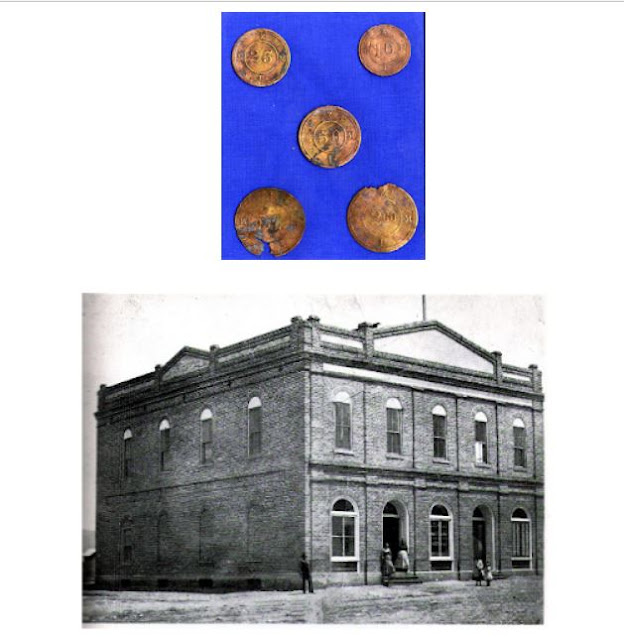The following is a composite of information found on Family Search as well as a history in the Relic Home files written by an unknown descendent
 |
| Jacob Arnold Bigler |
 |
| Musingen Switzerland |
 |
| Pauline Ott Bigler |
 |
| Elizabeth Rosetta Krebs Bigler |
Jacob Arnold Bigler Immigrant from Switzerland. Came to America as a young man seeking excitement and adventure.
He enlisted in the Army hoping to see the wild west. His calvary was sent to Utah in 1872; their assignment was to stop a minor Indian uprising.
He ended up in Mt. Pleasant, Utah. While camped in Mt. Pleasant just outside the city he first heard the singing of some beautiful hymns in the native tongue of his Swiss countrymen. He was aroused to curiosity and longed to meet those who were singing. He spoke several languages, was well educated and a polished gentleman. He had always had the advantages of a lovely home, money and culture. He visited the Cottage meetings and was immediately impressed by the teachings of the gospel.
He deserted the army at this time because he couldn’t get the religion he had heard about out of his mind. He wanted to be baptized. He had so much faith that the Lord would protect him that even with a warrant out for his arrest, he was not apprehended. He was never identified although several times he was approached by officers and questioned.
He went to the mountains to herd sheep for the winter to be less conspicuous. It was here that he broke his leg. Several days elapsed before he could get help, and he lay there in pain all that time.
His leg was never set properly, and he always walked with a limp. At age twenty-six his hair turned white.
He had felt the wonderful spirit of the cottage meetings he attended.. He said, “I had never heard anything that impressed me like this before. I couldn’t get the teachings out of my mind. To me it seemed a natural way of living. It was just like a picture unfolding and showing me step by step the truths of these teachings. Each time I heard the Elders speak, I became more and more convinced that this was the restored gospel of Christ.”
Jacob's family was very wealthy. But he chose to be a Mormon and be poor. His answer was...”this life is so short, and a testing, but the next life is for eternity.”
He met and fell in love with a young Swiss girl. Pauline Ott. Pauline was the daughter of Henry Ott and Elizabeth Winkler. Elizabeth Winkler Ott, Pauline's mother, and four girls emigrated in the company of Fred Hasler. Henry Winkler Ott died in Zurich Switzerland before his wife, Elizabeth Winker Ott immigrated.
Jacob and Pauline moved to Richfield and joined the United Order. Brother Bigler put in $1000.00 While they were there he took a second wife, Elizabeth Rosetta Krebs, a convert from Switzerland. Her parents were Johannes Krebs and Elizabeth Probst Krebs
When the United Order broke up in Richfield, he was given an ox team and and was called to Arizona as an Indian Missionary. He had great faith and was successful in teaching the Indians, and was much loved by them.
He was promised these words in his Patriarchal Blessing....your ministry shall be acknowledged by many, and your testimony shall sink deep into the hearts of those who listen to your words.”
He was called to work as a missionary among the Indians. He served there for 7 years, faithfully. He was as true as steel to his faith and to what he thought was right.
The Bigler family was called by the General Authorities to help settle Arizona. He learned the language of the Indians fluently. He was called on a second mission to Switzerland. He was a true Arizona pioneer. He was on intimate terms with Lot Smith, John D. Lee, and Jacob Hamblin, and many other early Mormon historical figures. Jacob Hamblin was known as the “Apostle of the Lamanites,” trailblazer and a great scout of the American frontier.
Jacob and his two wives settled at Willow Springs, a desolate place in the desert, and named after a spring which they used to irrigate their garden. They were able to raise most everything they needed. They would trade vegetables and melons for groceries when they could, from the people who were traveling through. They grew corn but not wheat. They ground their corn in a coffee mill when they could get one. When they couldn't they ground it like the Indians between two rocks.
While living in Willow Springs, the black diptheria broke out and Pauline's oldest girl three years old died. Her death and her burial there nearly killed Pauline.
Several of Jacob's children were born in Willow Springs. There was a boy named Hyrum. Another boy named Joseph died when he was about a year old. He is buried in Taylor. Hyrum died about the same time and is also buried there.
Later Jacob moved his wife, Pauline back to Mt. Pleasant, where he made her a home and where her mother and one sister lived. He moved his wife Rosetta to Midway where her people were.
Brother Bigler had seventeen children. He was a good and faithful Latter Day Saint. He was loved by all who knew him. He had a gift of healing and has almost raised the dead through faith in the Lord.
He loved music. He sang in the choir for many years. Young people loved to have him tell his experiences while in Arizona with the Indians. He loved young people and they loved him.























.jpg)






